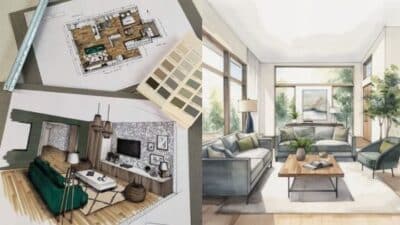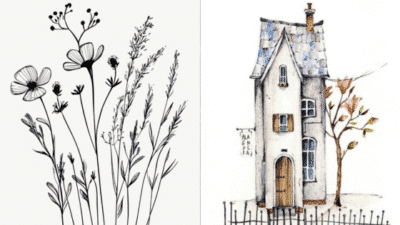Discovering forest art concepts opens a door to endless creative inspiration, whether you’re a seasoned artist or just starting out. Forest art concepts blend natural beauty with imaginative interpretation, creating unique environments that capture the magic and mystery of woodland scenes. Artists often use a mix of techniques, mediums, and digital tools to bring these lush, diverse worlds to life in visually stunning ways.
Exploring these concepts helps you understand how different themes—like enchanted woods, misty clearings, or ancient groves—shape the mood and storytelling in art. If you’re looking to develop your own forest art ideas, learning the core principles and current trends can provide the foundation you need to design captivating, original pieces.
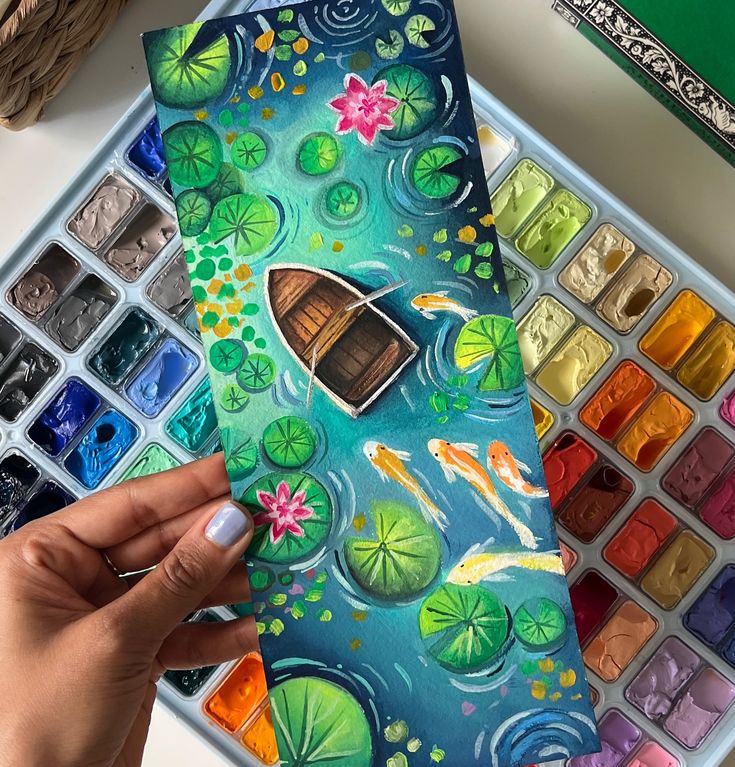
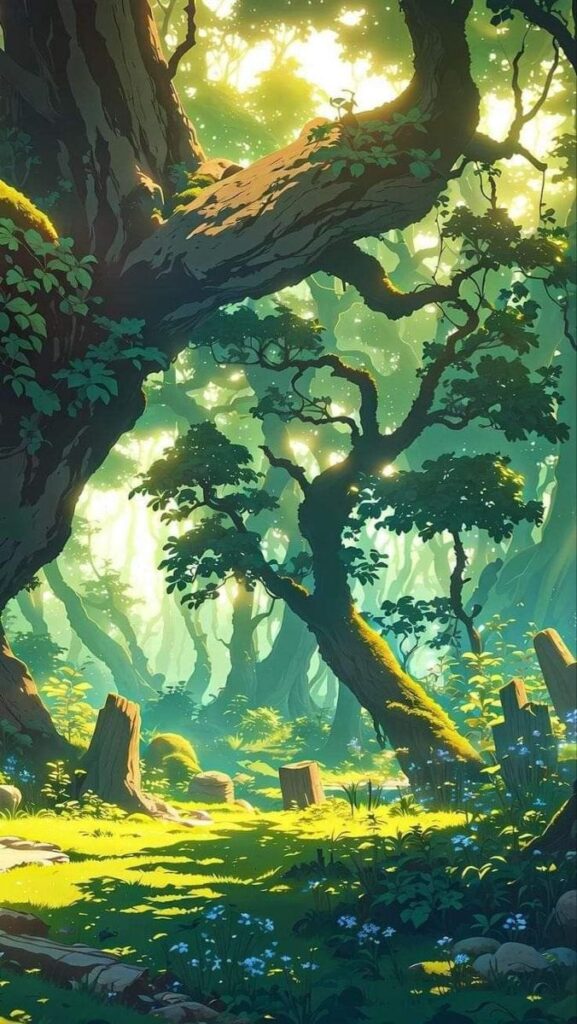
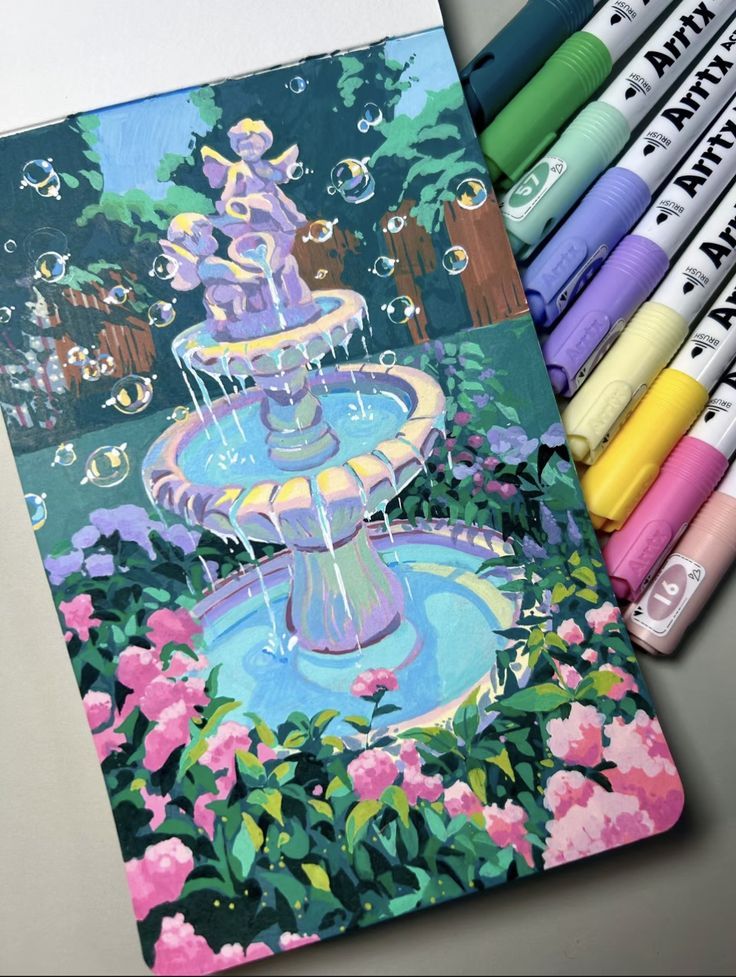
Key Takeaways
- Forest art concepts combine natural elements with creative expression.
- A variety of themes and techniques help shape standout forest artwork.
- Understanding the basics makes it easier to develop your own forest art concepts.
Core Principles of Forest Art Concepts
Forest art concepts rely on a mix of visual storytelling, symbolic imagery, and realistic textures. When working with these ideas, you’ll need to be aware of how space, light, and natural details interact to create compelling environments.
Essence of Forest Settings
Capturing the heart of a forest means paying close attention to spatial depth, layered vegetation, and atmospheric light. You highlight pathways, canopy density, and gaps of sunlight breaking through leaves.
Variety is important. Dense thickets, open clearings, and winding streams all add authenticity. Use overlapping shapes, multiple shades of green, and organic arrangements to avoid rigidity.
Key techniques:
- Overlapping foliage: Suggests depth and creates a sense of being drawn into the scene.
- Varying textures: Contrast rough bark, soft moss, and reflective water for tactile richness.
- Dappled lighting: Mimics real sunlight and gives your setting energy.
These tools help your viewer sense the living, breathing space of a forest.
Symbolism and Meaning in Forest Art
Forests in art often carry strong symbolic weight. They represent cycles of life, growth, mystery, or transition.
You can embed meaning through the use of color, composition, or featured elements:
- Dark, enclosed areas: Represent the unknown or subconscious.
- Bright clearings: Suggest hope or discovery.
- Pathways: Symbolize journeys or choices.
- Specific trees or animals: Oaks for strength, deer for gentleness, ravens for mystery.
Carefully placed elements give your work layers of meaning without distracting from the visual impact. You allow viewers to interpret deeper stories underneath the visible details, making their engagement with your art more personal.
Incorporating Natural Elements
Forest art thrives on genuine natural detail. You’ll want to study and include plant forms, bark patterns, undergrowth, and the play of fog or mist.
Highlight individual species, like ferns or birches, for recognition and variety. Rendering fallen logs, fungus clusters, or shifting ground textures adds realism.
Consider how wind, rain, and changing light affect the appearance of leaves and the forest floor. Using reference photos or real-life sketches can help you accurately capture these elements.
Table: Common Natural Features in Forest Art
| Feature | Visual Function | Symbolic Value |
|---|---|---|
| Mossy Rocks | Color Contrast | Stability |
| Fallen Branches | Shape Variance | Passage of Time |
| Water Streams | Movement, Reflection | Renewal |
Your attention to these details brings authenticity and richness to your forest designs.
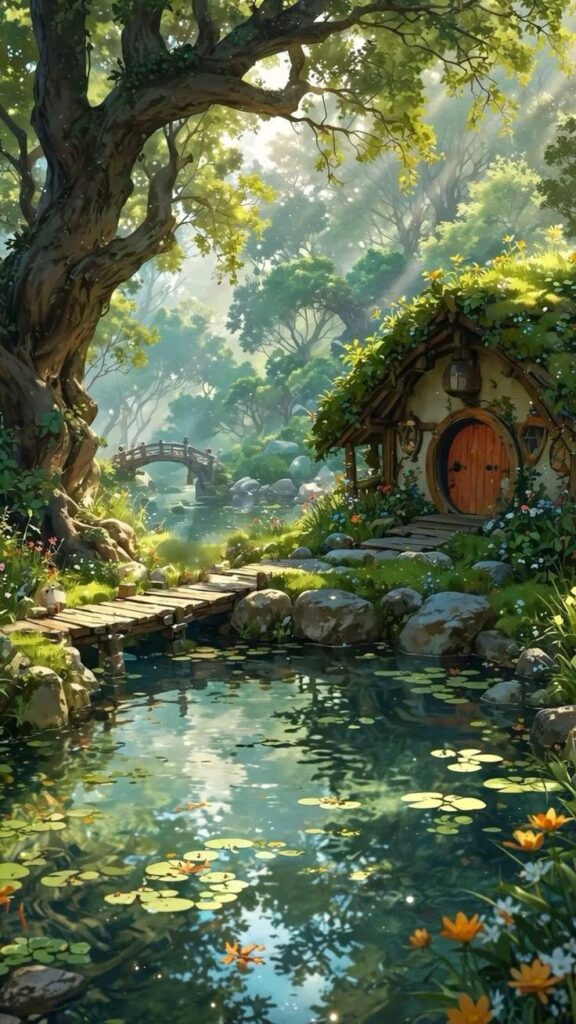
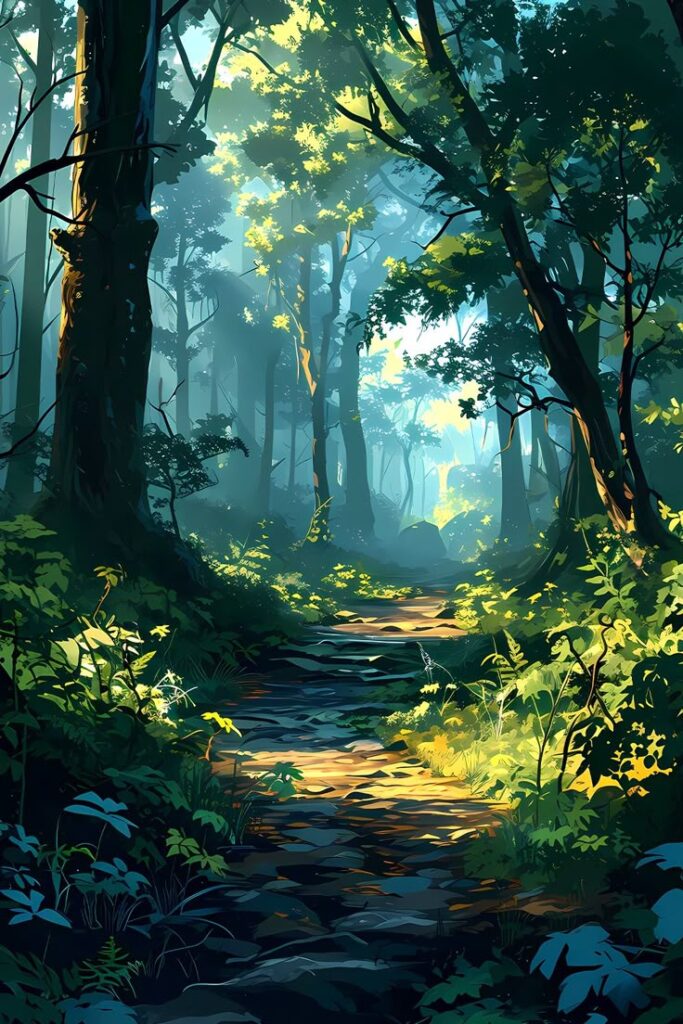
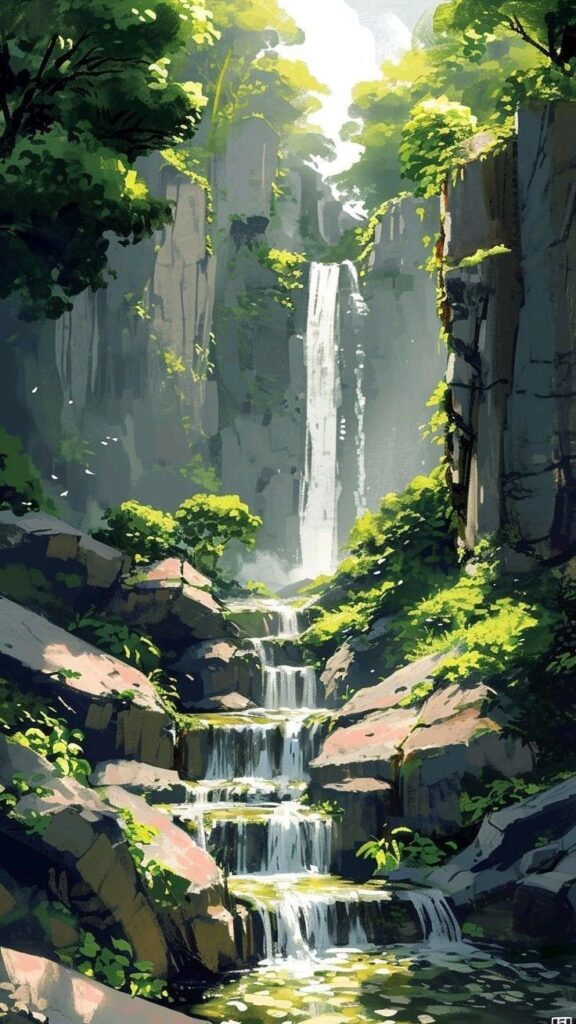
Popular Themes in Forest Art
Forest art often explores the hidden wonders of woods, the creatures and people that might inhabit them, and the unusual moods created by nature’s shifting light and forms. These art concepts can blend fantasy and realism, bringing depth and intrigue to your work.
Mythical Forests and Fantasy Realms
In this theme, you’ll encounter enchanted woods, faerie lands, and forests home to legendary creatures. Many artworks picture ancient groves with glowing lights, mystical portals, and impossible landscapes—drawing inspiration from myth, folklore, and fantasy literature.
You can highlight mythical beings like elves, dryads, or talking animals, weaving them into the environment with subtle details. Popular motifs include magical glades, towering sacred trees, and ethereal plant life.
Color is important here—rich greens, deep shadows, and unnatural glows add mystique. Artists often use layered textures and shifting focus to evoke movement and secrecy. Consider fairy circles, enchanted rivers, and tree canopies that hint at a world beyond our own.
Common Elements:
- Magical creatures
- Ancient ruins
- Strange patterns in foliage
Tree-Dweller Communities
Tree-dweller communities imagine what life might be like if people or creatures lived above the forest floor. These artworks often showcase elaborate treehouses, rope bridges, and villages built along branches.
You can include diverse architectural forms: nests, huts, or even fully developed cities suspended above ground. Art in this theme focuses on how tree-dwellers interact with their natural habitat, blending human-like societies with organic design.
Daily life scenes—cooking, trading, gathering—bring warmth and relatability. Paying attention to how light seeps through leaves or how structures are supported by trunks and roots creates convincing, immersive art. Sketches, digital renderings, and even sculpture can all bring these elevated worlds to life.
Notable Features:
- Rope bridges and platforms
- Multi-level dwellings
- Symbiosis with the forest
Mysterious Forest Atmospheres
A mysterious atmosphere is a defining element in many forest artworks. Here, you focus on fog, shadows, and subtle lighting that obscure details and evoke a sense of the unknown.
Muted palettes, soft edges, and deep contrasts can heighten tension. You might paint paths vanishing into darkness or clusters of trees that conceal more than they reveal. Artists often play with negative space, letting the viewer’s imagination fill in hidden stories.
Adding drifting mist, filtered moonlight, or flickers of bioluminescence can create haunting or tranquil moods. The goal is to suggest that the forest holds secrets, inviting viewers to pause, look closer, and wonder what lies between the trees.
Key Techniques:
- Layered lighting
- Partial obscurity
- Emphasis on silence and anticipation
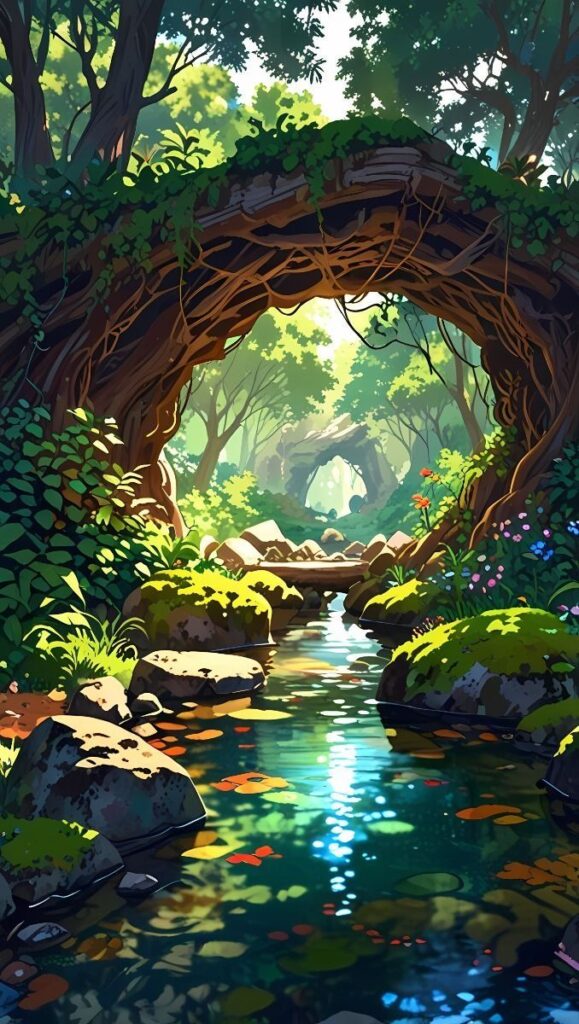
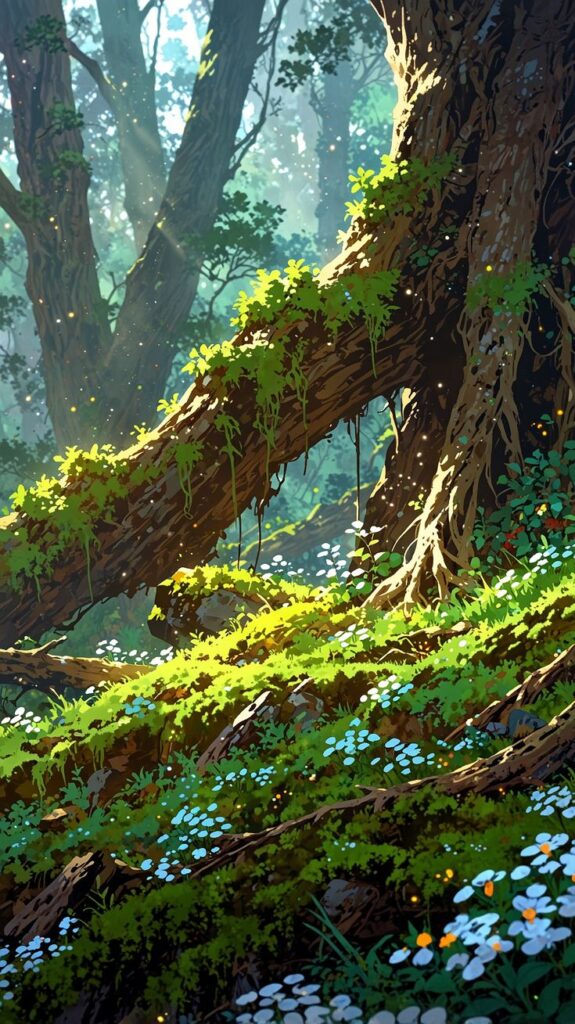
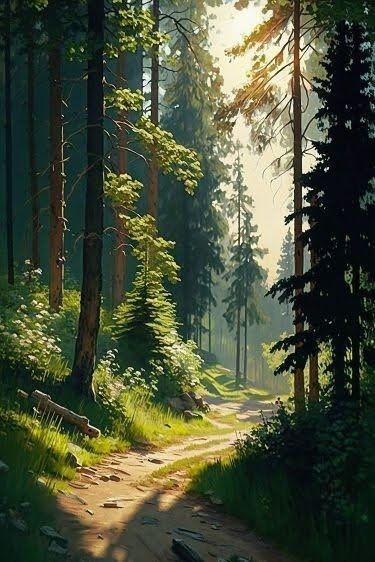
Techniques and Mediums for Forest Art
Forest art draws on a variety of tools and materials to capture the textures, light, and complexity of woodland scenes. Each approach—from pencils to pixels to 3D visualization—provides unique ways to express the form and feel of nature.
Traditional Painting and Drawing
You can use traditional media like pencils, ink, watercolors, acrylics, and oils to create forest art. Graphite and charcoal pencils are useful for sketching trees, roots, and foliage with sharp contrast and subtle shading. Watercolor is particularly effective for soft, misty effects and layering washes to build atmosphere and depth.
Acrylic paints dry quickly and are suitable for impasto techniques that add texture and dimension to bark and leaves. Oil paints allow longer blending times, which help you render gradual changes in light and shadow found in forests. Don’t forget about mixed media; combining materials, such as pen outlines with watercolor washes, delivers both precision and vibrancy.
You might enjoy using textured paper or canvas, which helps make brushstrokes and pencil marks feel more organic, echoing the roughness of natural surfaces. Experimenting with different mark-making techniques—stippling, hatching, and dry brushing—lets you mimic the variety of shapes and surfaces found in the woods.
Digital Painting and Illustration
Digital painting offers flexibility and efficiency for creating detailed forest scenes. Software such as Adobe Photoshop, Procreate, and Krita lets you layer elements, adjust colors, and use brushes that imitate natural media. The ability to work with layers makes it simpler to experiment with lighting and composition without commitment.
Custom or downloadable brush sets enable you to render leaves, branches, and textures quickly and consistently. You can adjust opacity for atmospheric effects like fog or sunlight streaming through the canopy. The undo feature encourages you to experiment, as changes are easy to reverse without risk.
Many digital artists use tablets or pen displays for direct drawing input, improving control over linework and gestures. Digital tools also allow you to blend traditional sketching with digital color, offering a hybrid approach perfect for detailed, realistic, or stylized works.
CAD and 3D Visualization
Using computer-aided design (CAD) and 3D visualization in forest art lets you model entire woodland environments, down to individual trees or plants. Software like Blender, Autodesk Maya, or SketchUp helps you build accurate, scaleable representations of forests. These models are useful for architecture, land management, or landscape design, as well as animation and game development.
You can create parametric trees and adjust characteristics like height, leaf density, and branching patterns. Realistic rendering engines add lifelike lighting and textures, allowing you to simulate different times of day or weather conditions. Materials libraries offer bark, leaves, and ground textures to make scenes more authentic.
CAD enables precise control over perspective and composition, which is valuable for planning public art installations or conceptual artworks in forest environments. 3D models can also be exported for use in augmented reality, giving viewers interactive ways to experience your art.
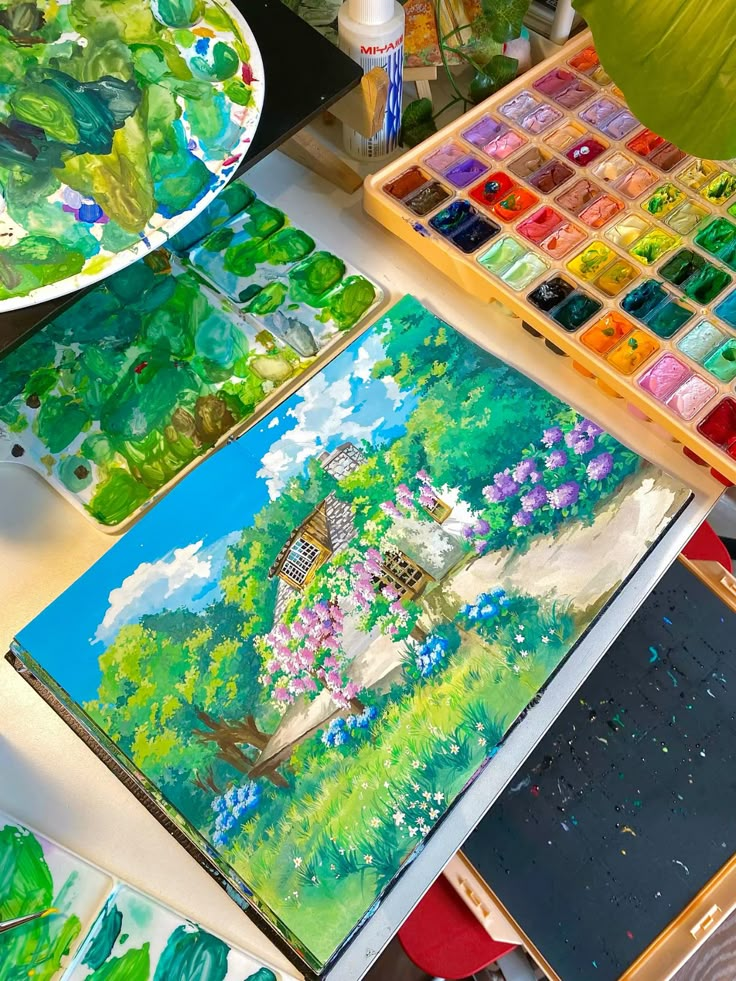
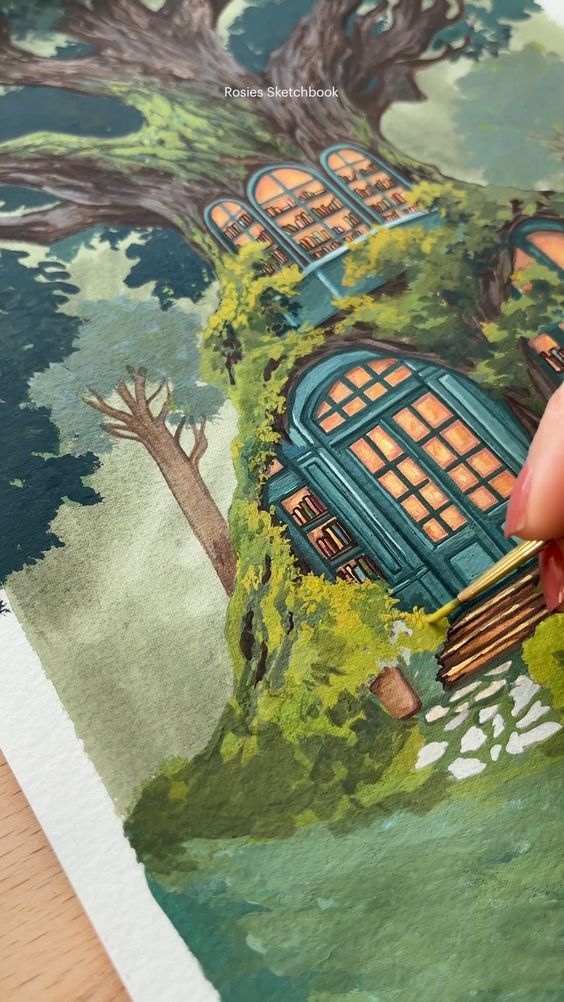
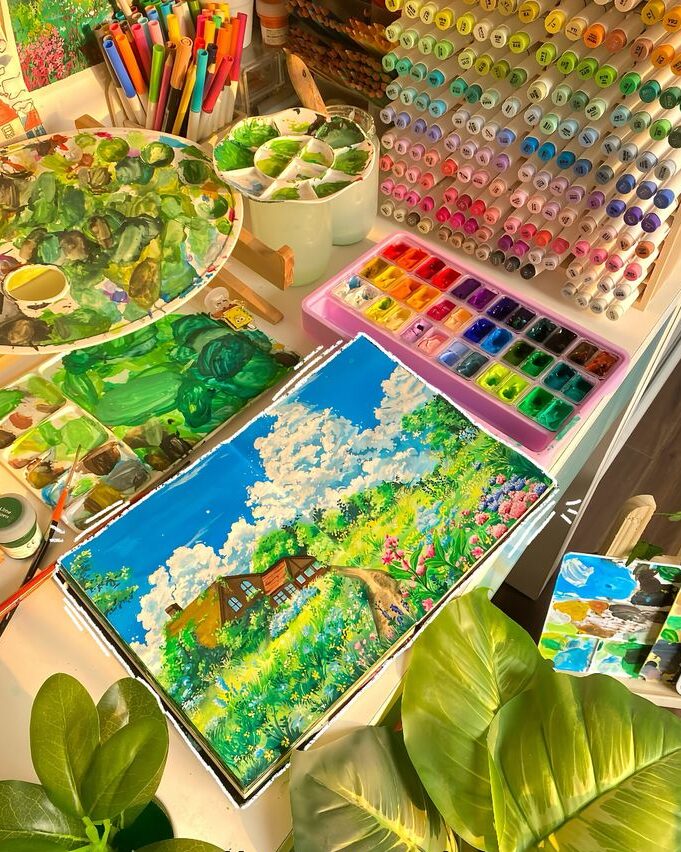
Forest Art in the Digital Age
Digital platforms and new creative tools are transforming how you can visualize and share forest-inspired art. The online world makes collaboration easier and offers endless design ideas for your next forest art project.
Forest Concepts on ArtStation
ArtStation is a central hub where you can explore thousands of digital forest art concepts. You’ll find work from artists who experiment with lighting, mood, and stylized environments, ranging from hyper-realistic forests to imaginative fantasy scenes.
You can browse curated collections or filter by tools, software, and themes to see how different artists interpret the idea of forests. Many postings include process breakdowns and reference material, offering inspiration and practical guidance for your own projects.
Several established artists also share downloadable assets, like brush packs and textures, which you can use to jumpstart your designs. ArtStation’s community features let you seek feedback and stay updated on new trends in digital forest design.
Workflow and Tools for Digital Artists
Efficient workflows are crucial for digital forest art. Most artists start by gathering reference images or building simple 3D blockouts to plan their compositions. From there, you can use graphic tablets and software like Adobe Photoshop, Clip Studio Paint, or Procreate to sketch and paint digitally.
For those wanting 3D options, tools like Blender and Unreal Engine are popular for creating immersive forest scenes with customized lighting and foliage. Many artists rely on asset libraries—collections of trees, plants, and textures—to quickly fill environments with detailed vegetation.
A typical workflow might include using layers to separate background trees from atmospheric elements like fog or sunlight, which makes adjustments easier. Table: Example workflow steps
| Step | Tool |
|---|---|
| Collect References | Pinterest, Google |
| Composition Sketch | Photoshop, Procreate |
| Detailing | Custom brushes |
| Lighting & FX | Blender, Unreal Engine |
Inspiration from Online Galleries
Online galleries such as Pinterest, Behance, and Google Arts & Culture host vast repositories of forest-inspired digital art. You can search for “forest digital art” or explore themed boards to discover a huge variety of approaches—ranging from modern abstractions to traditional landscape studies.
These platforms give you access to artists from around the world, making it easy to spot regional trends or unique interpretations of forest environments. Many galleries also highlight artist interviews or art tutorials, which can help you learn new techniques and creative processes.
On some sites, you can save favorite works, build your own boards, or follow specific artists for regular updates. Exploring these online galleries can help you find new design directions or refine your personal forest art style.
Designing Your Own Forest Art Concepts
Creating unique forest art blends the right mix of style, color, light, and imagination. Paying attention to these details helps you express mood, depth, and atmosphere in your artwork.
Developing Unique Visual Styles
Every forest artwork stands out when you give it a signature look. Think about whether you prefer detailed realism, bold abstraction, or playful folk-inspired motifs. Explore materials like acrylics, watercolors, or digital brushes to discover what feels most intuitive.
List a few elements that can set your forest art apart:
- Tree shapes: Gnarled, slender, geometric, or whimsical.
- Textures: Lush undergrowth, moss-covered trunks, or foggy backgrounds.
- Creatures: Inserting wildlife, hidden faces, or mystical beings.
Observing both real forests and artwork from other artists allows you to find patterns and experiment. Keep a sketchbook handy to record new forms and ideas quickly.
Integrating Color and Lighting
Color sets the entire mood of your forest scene. Soft greens and cool blues evoke serenity, while rich golds and deep reds can create drama or warmth. Consider building a color palette before you begin and stick to a few core shades for harmony.
Lighting is just as key. Ask yourself if your forest is dappled with sunlight, bathed in mist, or shrouded in twilight. Use lighter values for focal points and shadows for depth. Layering translucent washes or digital glows helps capture how light filters through leaves.
To practice:
- Study forest photos at different times of day.
- Test highlights and shadows with quick color studies.
Balancing Realism and Imagination
Mixing realistic detail with imaginative elements adds character to your forest art. Decide which parts deserve accuracy—such as botanical details or authentic animal shapes. Then, introduce fantasy by adjusting scale, adding glowing plants, or suggesting unseen stories.
Tables like the one below help clarify focus areas:
| Realistic Elements | Imaginative Features |
|---|---|
| Leaf structure | Floating stones |
| Bark textures | Colorful light beams |
| Wildlife movement | Mythical creatures |
Stay open to experimentation. Balance helps your design feel both believable and creatively inspired, drawing viewers into your world.
- 0shares
- Facebook0
- Pinterest0
- Twitter0
- Reddit0
